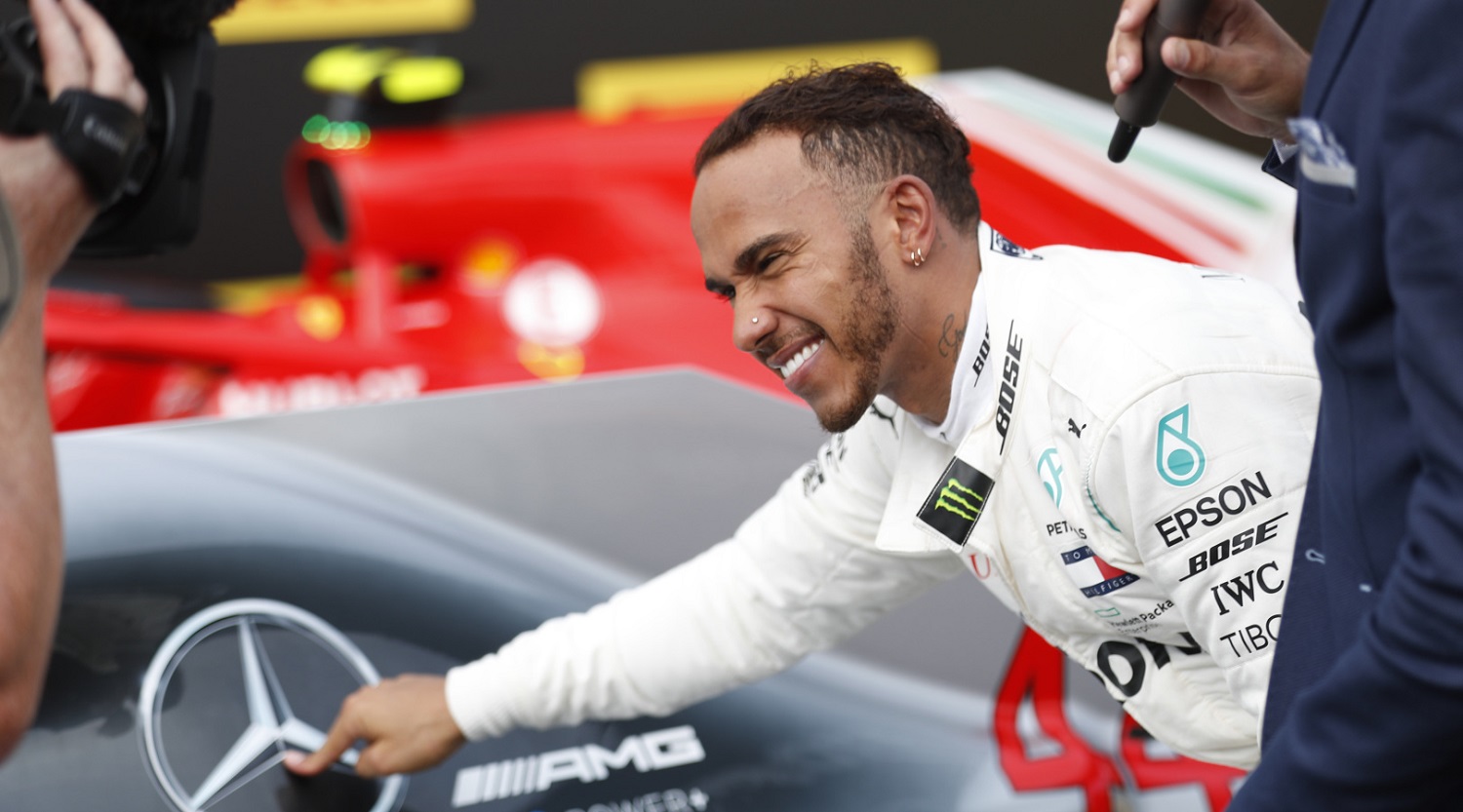
Opinion: How Winning an F1 Race Has Become Easier
Formula One is constantly changing and the drivers have to adapt with those changes. Winning a race is the ultimate goal but from a drivers’ perspective, it is not just about pure speed anymore.
New cars, new tyres, new regulations all mean that winning a Grand Prix nowadays is not the same as winning a Grand Prix 10, 20, 30 etc. years ago. No longer are the drivers pushing to the maximum, no longer is it just about driving the wheels off the car, it is much more about conservation and managing the brakes, tyres and engine as well as making sure you are in the right modes by dealing with the hundreds of buttons, dials and settings that are on your steering wheel.
Lewis Hamilton has mastered this, it is one of the reasons as to why he has won 51 of the last 100 races. He knows how to dictate the pace and simply lead from start to finish. Alain Prost and Juan Manuel Fangio are said to be drivers who won races at the slowest pace possible and that is exactly what you have to do now to win an F1 race.
In 2018, many races including Monaco, Canada, Hungary, Singapore and Abu Dhabi saw drivers nearly 10 seconds off their qualifying pace from the previous day. It does not make for good racing.
Looked at the pole position time vs. the fastest lap of the race and up until 2010, those times were similar. But, from the start of the 2010 season, things changed and the fastest lap of the race suddenly became 3-4 seconds slower than the pole position time. Why?
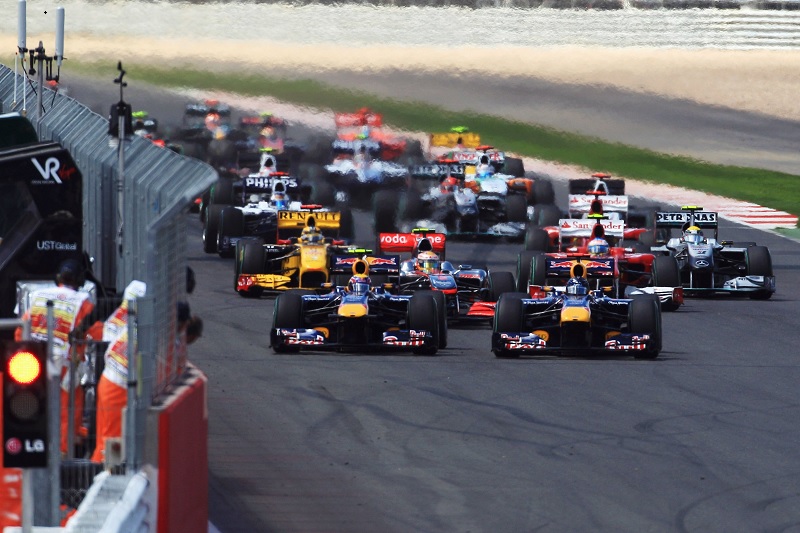
Well, 2010 was the first year that refuelling was banned since 1993 so simply the extra weight of the cars, compared to qualifying means you will be a lot slower during a race. It’s said that around 10KG of extra weight results to a 0.3 of a second loss in lap time. In 2019, the maximum fuel capacity will be 110KG so you will instantly be 3+ seconds slower due to that extra weight.
But that doesn’t explain everything. The 2010 Canadian Grand Prix is associated for the start of the period of “high degrading tyres.” Unusual track conditions meant that the teams were faced with a massive challenge to overcome the huge tyre wear problems which are unforeseen. Due to that race being so entertaining with lots of overtaking and drama, F1 decided that more races should be like that one, hence why when Pirelli came into the sport they had tyres which degraded like the ones at the 2010 Canadian Grand Prix.
Higher tyre wear means that you can’t push like every lap is a qualifying lap or else your tyres will “fall off the cliff” and you will lose a tonne of time very quickly. Drivers had to adapt with a smoother driving style so that you wouldn’t lean on the tyres too hard. Due to this, races often had 2-3 pitstops which was great for strategists and I actually was in favour of that kind of racing.
The “worst” of this period was between 2011-2013, but we did see a variety of winners and much closer competition compared to now – seven different winners in the first seven races in 2012 you may remember. The tyres were not the reason for a competitive field. That was simply one of those few seasons were 3-4 teams could win every single race. Now look. At most races its between Mercedes and Ferrari with Red Bull snatching the odd win but with the rest of the field getting lapped at most Grand Prix.
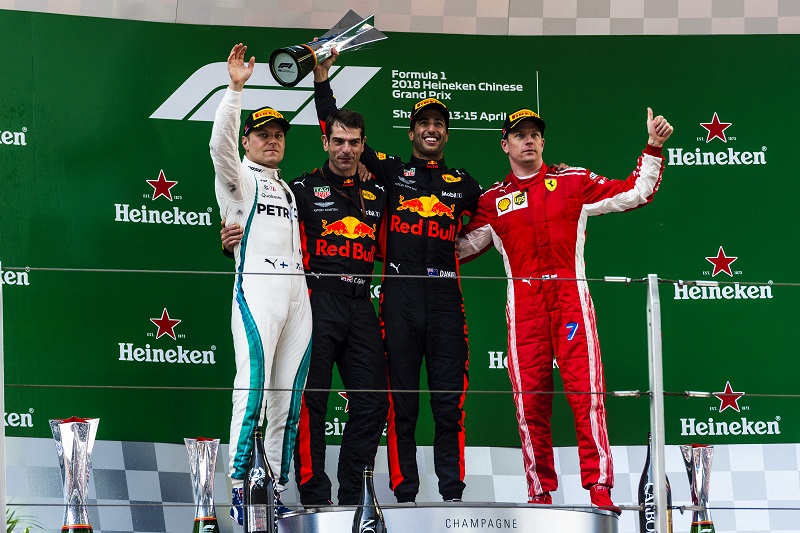
To bring it back to the point of the article, there is now very little degradation from the tyres ever since they got wider for the start of the 2017 season. This is even though Pirelli said that they wanted at least two stops at each Grand Prix and made a thousand different tyre compounds to do that, they have failed badly in this department.
The drivers are managing the very small operating window of the four Pirelli tyres which provide them the grip that they need. This window is a temperature window. It’s why you hear so much chatter on the team radio about “tyres being too cold” or “overheating tyres” a lot more than previous years. It is vital for the drivers to keep the tyres in this operating window, and it is doubly hard in wet conditions.
Lewis Hamilton’s pole position lap in Albert Park at the opening round in 2018, where he took the place by 0.6 of a second sparked many thoughts that the season was over and Mercedes would dominate yet again. It was deceptive though because yes it was a fantastic lap but Hamilton found the perfect operating window when others couldn’t.
The tyres, I would argue, is the most important element of the car nowadays as it dictates your pace so much. If you are not in the window then there’s a massive negative chain reaction. You are slow, you will have high tyre wear, this leads to a less than optimal strategy and it ruins a drivers’ race mentally as you know you will be in for a long day. You see, between 2011-2016 the tyre degradation was linear, the more laps you do the slower you get, that is what created the 2-3 stop races, but now if you can keep the tyres in the right window then you can easily do a one stop – this is why everyone is just babysitting their tyres.
The tyres are so sensitive so overheating them as easily done. You can’t afford to get stuck behind a car for more than a handful of laps or else you will just kill your tyres. The leader knows this so that’s why he can dictate the pace, knowing that the others will struggle to follow (due to the turbulent air from the car ahead which seems to get bigger and more worse these days.
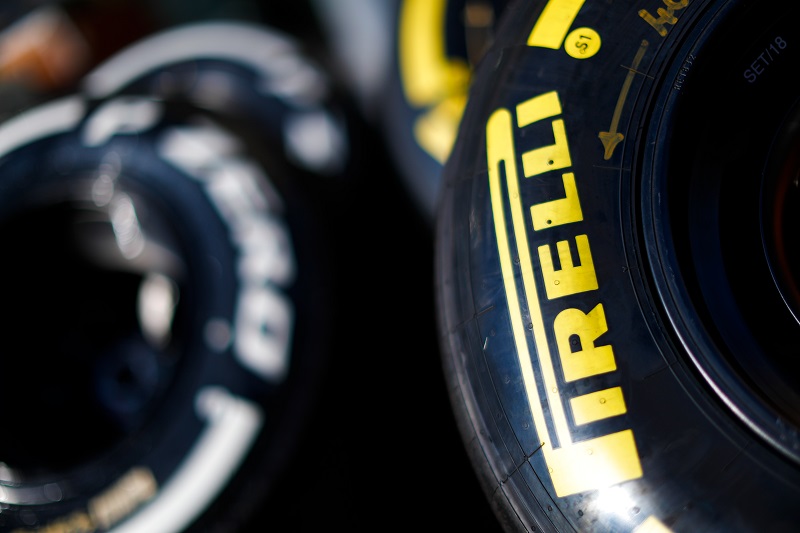
We saw a perfect example of this in Singapore last year when Hamilton just babysitted his tyres for the first stint to stretch the stint out to make the one stop strategy work. He knew that his rivals would not be able to get close and they couldn’t. Going so slow means that the midfield runners (who may have started on a tyre compound that is harder and has more longevity) stay within your pit window so Hamilton knows that if he goes slow enough, his rivals won’t even be able to undercut him because they will come out in traffic because they don’t have a big enough gap to the slower midfield cars to come out in front of them. It’s very clever and it is all doable due to cars that can’t follow each other closely and tyres that overheat easily.
Inadvertently, we saw it at Monaco as well after Daniel Ricciardo lost his MGU-K and could only use six gears, as Ricciardo was going so slowly that the Ferrari and Mercedes cars didn’t opt to do a second stop because they would rejoin behind slower midfield cars which would ruin their race (as well as the fact that you can’t overtake at Monaco).
There is also more emphasis on qualifying due to the lack of strategy and lack of opportunities to overtake. On 10 occasions did the pole sitter go onto win the Grand Prix in 2018. In 2017, it was 11 from 20 races. With at least two teams very close to each other at the top and a super close midfield, qualifying is one of the most exciting parts of an F1 weekend as it’s the only time you see the cars on edge. That’s why, qualifying at tracks like Monaco and Singapore as well as high speed circuits like Spa, Silverstone and Suzuka are a great watch. It’s needless to say that Hamilton is the benchmark qualifier.
He may have had the best car at times and has simply taken advantage of this but there is no doubt that some of his pole position laps were just epic. Those incredible laps gives him a 12 metre head start ahead of second place, so as long as you get the start right and lead after the first corner, that’s 50% of the job done to be honest.
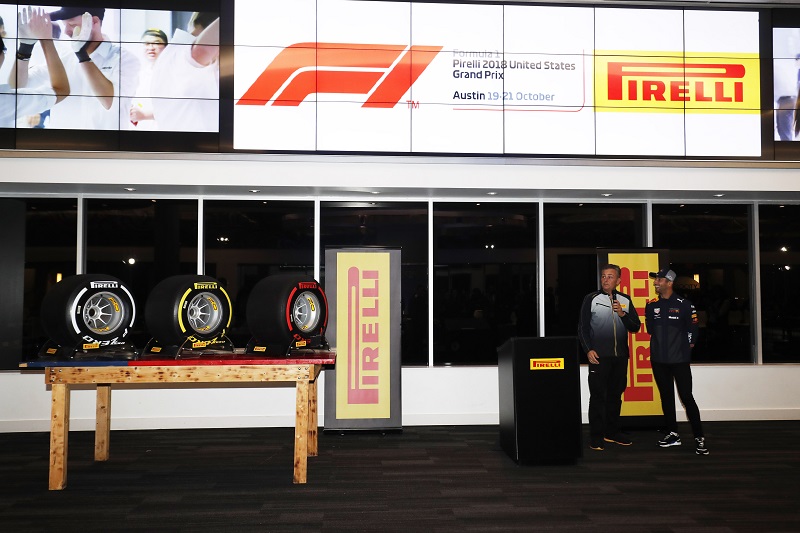
A word on the starts in F1. It might just be me but I am sure that the starts are more even across the field since we had these higher downforce cars in 2017. No longer do we see the guy in 4th place get a sensational start to lead after turn one, like we sometimes got in previous years. F1 tried to make the starts harder a few years ago by messing around with the settings and the clutch but the difference between the best and the worst starts is definitely not as big anymore – for whatever reason. That’s another variable of potential unpredictability that has disappeared.
The only standout start from the front of the field in the last couple of years that I can remember is Max Verstappen’s in Canada in 2017 (he went from 5th to 2nd) but other than that I can’t think of anyone going from 3rd to 1st, nevermind 4th to 1st in either the 2017 or 2018 seasons. I am adamant that it is something to do with the cars. Due to this, it just makes qualifying that even more important.
Another reason that the drivers aren’t pushing hard is because of the engines. We know they are complicated machinery but whoever thought it was a good idea to allow just 3 engines to be used in a season before you have to take a grid penalty deserves to be fired in my opinion. They say that it is to save money but teams are using lots of engines on the dynos back in the factory anyway so there is no cost saving whatsoever, engines are just being used off the track rather than on the track in font of the fans.
So many potential battles are lost because drivers are turning their engines down for reliability reasons and to help the long term cause. Again, in Australia last year, Hamilton just turned his engine down for another day rather than attack Vettel and we often see drivers who build up a lead just turn their engine down as well. This means they’re not on the limit and almost certainly going to be no reliability issues for them, therefore no dramatic retirements from out of nowhere for the race leader.
At the moment, rather than putting endless amounts of pressure on the car ahead of you, you can only make a limited number of attacks because if you keep using a high engine mode then it severly hampers your engine life. That’s why you see such a big difference in laptime from Q1 to Q2 then to Q3.
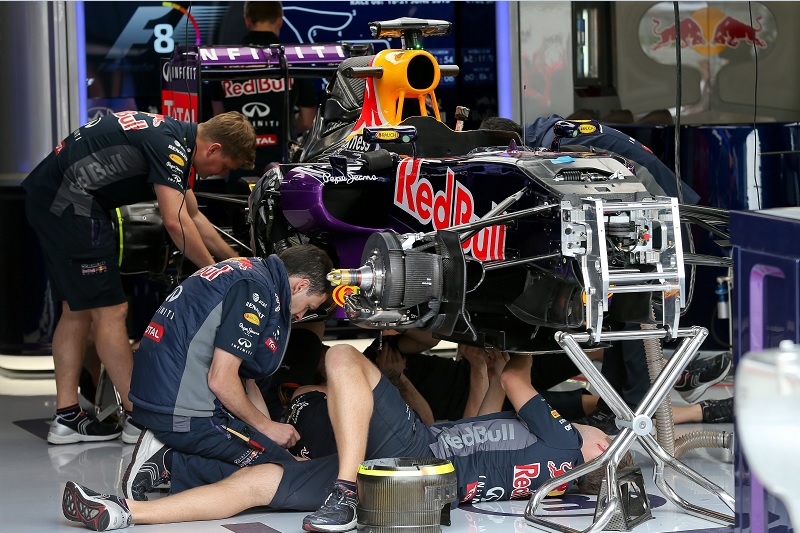
For spectators, it’s not good as we want to see just a few laps of close action, we want more but we can’t because the teams order their drivers to “turn down the engine,” but then annoyingly they let them have some fun at the end of the race and someone goes and sets a fastest lap of the race, even though they have been on the same set of tyres for 50 laps! How to solve this? Just allow 5 engines to be used instead.
It’s a shame that it has come to this and that most races see the drivers driving at 85-90% rather than the flat out racing which we see in touring cars, GT racing and even other single seater racing. A lot of it has come from the, frankly rubbish tyres that Pirelli have made, and we can just hope that they have done something to change this for the upcoming 2019 season.
For this season, they’ll be using the thinner tread which we saw in 2018 at the Spanish, French and British Grand Prix so hopefully the operating window will be wider and they won’t overheat so easily. I doubt it but it would be a nice surprise. We should only expect more of the same unfortunately until the tyres and/or the regulations change.
Having two compulsory pitstops would allow the drivers to push more in stints. I believe that that is the best solution (if we stick with the current tyres) and it allows a bit more strategical play as well.
Until something like this happens or the tyres change, we will just have to get frustrated that F1 is not getting the most that it can out of the racing and it makes things much easier for the race leader which is not good in terms of entertainment and excitement.



![Private: [ID: 71rYi-xncgM] Youtube Automatic](https://motorradio-xijqc.projectbeta.co.uk/wp-content/uploads/2024/08/private-id-71ryi-xncgm-youtube-a-1-360x203.jpg)
![Private: [ID: 1SfHxvC8Doo] Youtube Automatic](https://motorradio-xijqc.projectbeta.co.uk/wp-content/uploads/2024/07/private-id-1sfhxvc8doo-youtube-a-1.jpg)
![Private: [ID: H6XRkf6kROQ] Youtube Automatic](https://motorradio-xijqc.projectbeta.co.uk/wp-content/uploads/2024/07/private-id-h6xrkf6kroq-youtube-a-1-360x203.jpg)
![Private: [ID: Kb6w-qAmKls] Youtube Automatic](https://motorradio-xijqc.projectbeta.co.uk/wp-content/uploads/2023/12/private-id-kb6w-qamkls-youtube-a-360x203.jpg)
![Private: [ID: CcpwYw20k3k] Youtube Automatic](https://motorradio-xijqc.projectbeta.co.uk/wp-content/uploads/2024/07/private-id-ccpwyw20k3k-youtube-a-360x203.jpg)

![[ID: x1SiRC5jhW4] Youtube Automatic](https://motorradio-xijqc.projectbeta.co.uk/wp-content/uploads/2022/04/id-x1sirc5jhw4-youtube-automatic-360x203.jpg)
![[ID: lMZ8lAeLubk] Youtube Automatic](https://motorradio-xijqc.projectbeta.co.uk/wp-content/uploads/2022/04/id-lmz8laelubk-youtube-automatic-360x203.jpg)
![[ID: GAYCcnqyFo4] Youtube Automatic](https://motorradio-xijqc.projectbeta.co.uk/wp-content/uploads/2022/04/id-gayccnqyfo4-youtube-automatic-360x203.jpg)
![[ID: Gg142H296QY] Youtube Automatic](https://motorradio-xijqc.projectbeta.co.uk/wp-content/uploads/2022/04/id-gg142h296qy-youtube-automatic-360x203.jpg)





